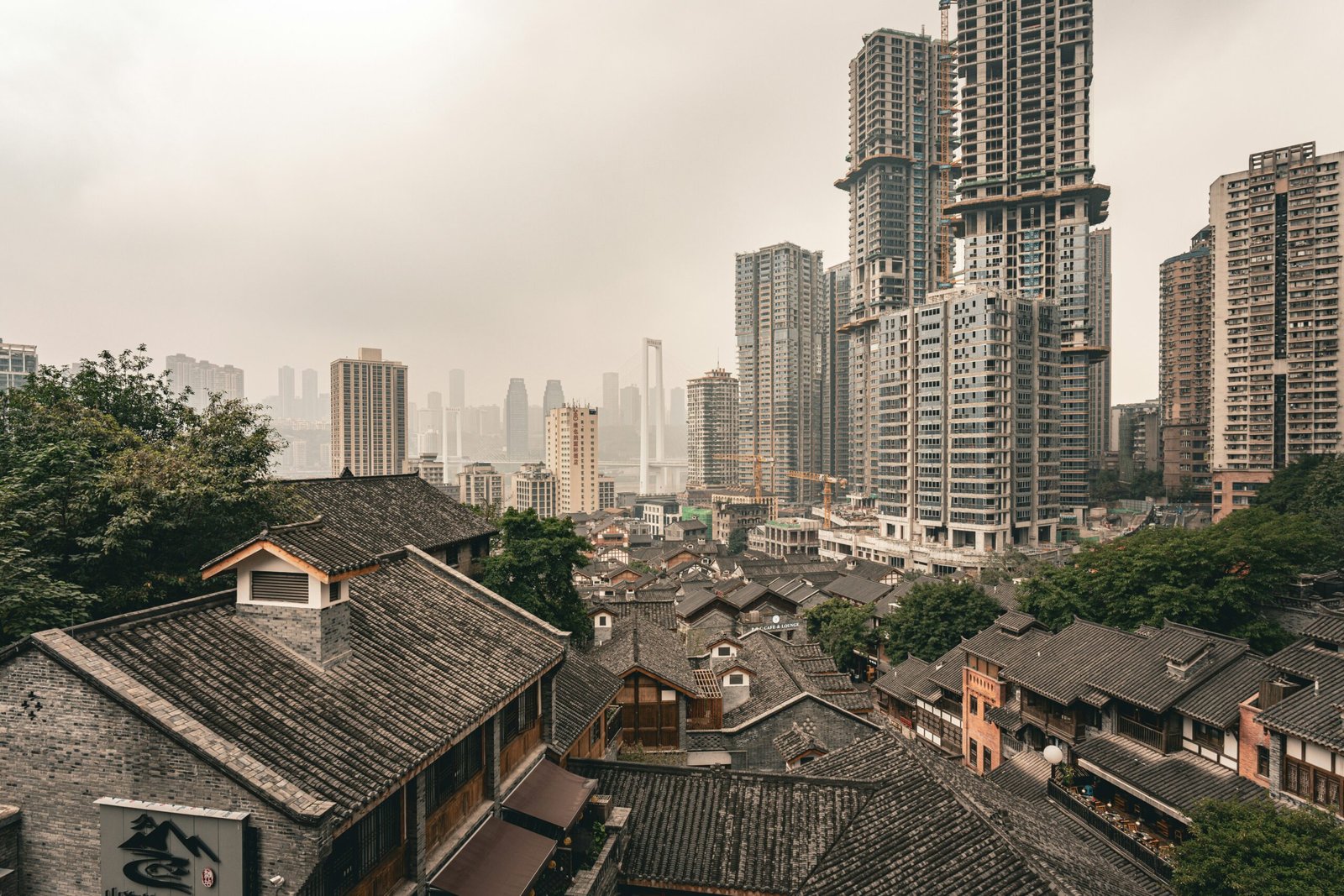Introduction to Got Chokdi Flyover
The Got Chokdi Flyover, situated in Gujarat, India, stands as a significant achievement in urban infrastructure development. Its strategic location connects various key routes, enhancing the overall efficiency of regional transportation networks. Constructed to alleviate traffic congestion and improve travel times, this flyover plays a crucial role in facilitating seamless movement for both local residents and commuters. The urban landscape of Gujarat has witnessed an increasing influx of vehicular traffic, making the necessity for such infrastructure more pressing. The Got Chokdi Flyover addresses these challenges directly.
The flyover’s design reflects modern engineering standards, ensuring safety and durability while incorporating features aimed at accommodating the rising number of vehicles. By providing a dedicated route for vehicles to bypass signalized intersections, it significantly reduces delays and enhances traffic flow, which is particularly beneficial during peak hours. Moreover, the Got Chokdi Flyover has been designed with the intention of fostering economic growth in the region, as improved connectivity encourages trade and commerce. Local businesses have reported increased patronage due to the shortened travel times that the flyover provides.
<pfurthermore, a=”” alleviation=”” also=”” as=”” becomes=”” beyond=”” broader=”” but=”” can=”” chokdi=”” cities=”” commitment=”” congestion=”” convenience;=”” develop=”” development=”” economic=”” efficient=”” evolving=”” exemplifies=”” expansion=”” extends=”” facilities=”” flyover=”” for=”” got=”” grow,=”” gujarat.=”” how=”” in=”” infrastructural=”” initiative=”” is=”” issues=”” it=”” its=”” lead=”” life=”” links=”” mere=”” movement=”” need=”” not=”” of=”” only=”” overall=”” p=”” paramount,=”” part=”” planning=”” promoting=”” quality=”” rapidly=”” region.
The Necessity for the Got Chokdi Flyover
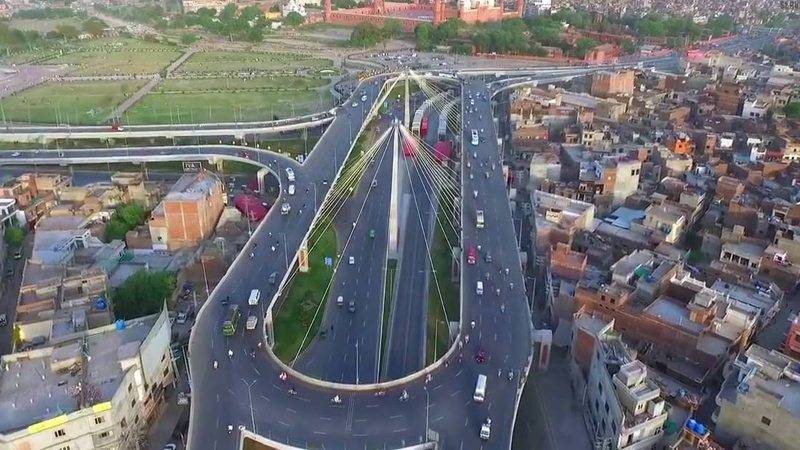
The development of the Got Chokdi Flyover emerged as a vital response to significant traffic challenges that plagued the region prior to its construction. The area was notorious for chronic congestion, with peak commuting hours often extending far beyond their normal time frames. In fact, data from local traffic studies indicated that travel times were extended by as much as 45%, leading to heightened frustration among commuters and increased operational costs for businesses reliant on timely deliveries and services.
Accidents were another pressing concern, with records showing that the stretch of road where the flyover was built accounted for a concerning number of vehicular mishaps. The combination of high traffic volumes and inadequate infrastructure created an environment where dangerous collisions became commonplace. Anecdotal evidence from frequent travelers described near misses and stressful situations that drew attention to the urgent need for a solution. Residents and local businesses alike recognized that without intervention, these issues would only exacerbate.
Moreover, the delays caused by the congested conditions were not merely an inconvenience; they also had broader implications for economic productivity in the area. With the growing urban population and increasing commercial activities, it became clear that enhancing the efficiency of transportation was paramount. The construction of the Got Chokdi Flyover represented a long-awaited advancement toward alleviating these difficulties, aiming to facilitate smoother traffic flow and reduce accident risks. Ultimately, this infrastructure development showcased a commitment to prioritizing safety and efficiency in transportation, laying the groundwork for sustained regional development and improved quality of life for local residents. This timely intervention reflects the strategic foresight necessary to address contemporary urban challenges effectively.
Design and Construction Techniques
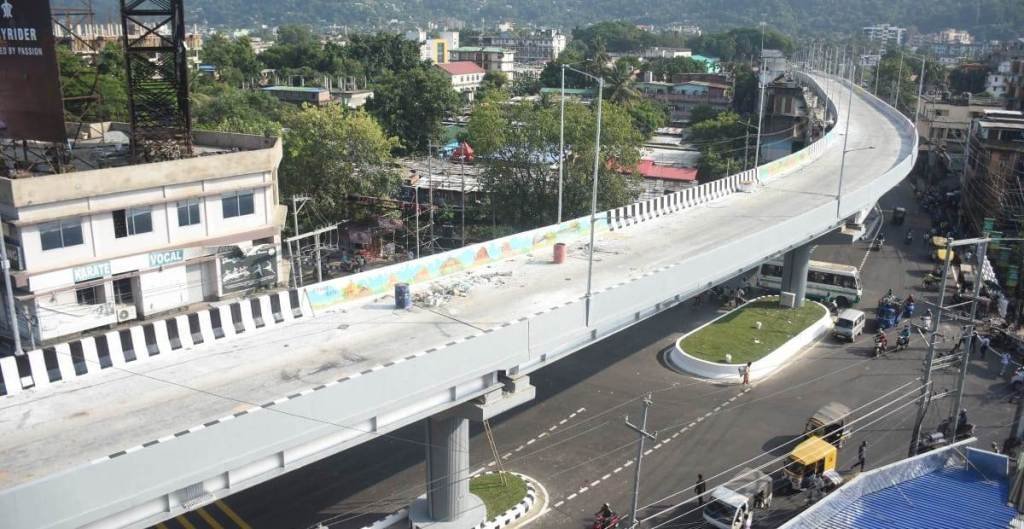
The Got Chokdi Flyover stands as a modern marvel of engineering, showcasing the application of advanced design and construction techniques. With its robust structural integrity and aesthetic appeal, this flyover has been designed to facilitate efficient traffic flow while ensuring safety and longevity. The primary materials utilized in the construction include high-strength concrete and steel reinforcements, which contribute to its exceptional durability against natural elements and heavy traffic loads.
One of the notable techniques employed during the construction of the Got Chokdi Flyover is the use of precast segments. These segments are manufactured off-site and then transported to the construction location. This method not only expedites the overall construction process but also minimizes disruption to the surrounding environment. Additionally, the precast approach allows for enhanced quality control, as segments can be constructed in a controlled environment, ensuring consistency in standards.
Furthermore, the structural design incorporates several innovative features, such as dynamic load management systems and anti-seismic designs, which are vital for maintaining the flyover’s stability in adverse conditions. The engineering team faced numerous challenges during the construction phase, including geological variations and the necessity to minimize traffic interruptions on the ground below. To address these issues, the project employed advanced ground-penetrating radar technology for subsurface evaluation, ensuring precise knowledge of the site’s geological conditions. By utilizing 3D modeling software, the design team was able to visualize the entire project, which facilitated effective communication among stakeholders and streamlined decision-making.
The integration of these methodologies has positioned the Got Chokdi Flyover as not only a critical infrastructure development but also a benchmark for future projects. With an emphasis on innovative design and resilient construction techniques, it exemplifies the standards of modern civil engineering.
Environmental Impact and Sustainability Measures
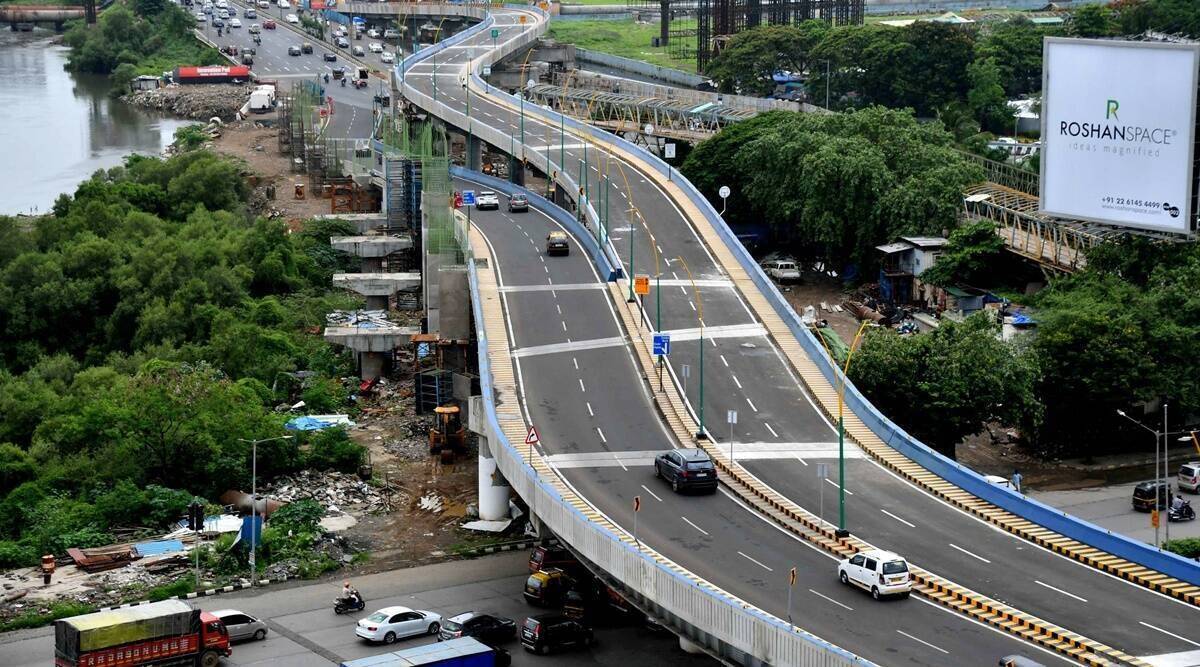
The construction of the Got Chokdi Flyover has been undertaken with a strong emphasis on minimizing environmental impacts and promoting sustainability. As urban infrastructure projects increasingly face scrutiny regarding their ecological footprint, the planning phase of the Got Chokdi Flyover was characterized by comprehensive environmental assessments. These assessments aimed to identify potential risks to the local ecosystem and paved the way for informed decision-making.
One of the primary measures implemented to mitigate adverse environmental effects involved careful routing and design of the flyover. This approach was crucial in circumventing sensitive habitats and reducing the disruption of local wildlife. Furthermore, extensive landscaping efforts were integrated into the project, creating a buffer zone around the flyover that features native vegetation. This not only enhances the aesthetic appeal of the infrastructure but also fosters biodiversity and provides habitats for various species.
Sustainable construction practices played a vital role during the building phase of the Got Chokdi Flyover. These practices included the use of recycled materials where feasible, energy-efficient machinery, and stringent waste management protocols. Additionally, the project prioritized minimizing carbon emissions throughout the construction process, which contributes to broader efforts aimed at climate change mitigation. Green building standards were adopted to ensure that the flyover met or exceeded environmental compliance regulations.
In summary, the Got Chokdi Flyover stands as a testament to modern engineering and environmental stewardship. By taking significant steps to mitigate impacts on the local ecosystem and employing sustainable practices, this infrastructure development not only serves its transportation purpose but also demonstrates a commitment to preserving the environment for future generations. The legacy of such projects can extend beyond their immediate utility, influencing how future infrastructure developments integrate sustainability principles.
Economic Benefits of the Got Chokdi Flyover
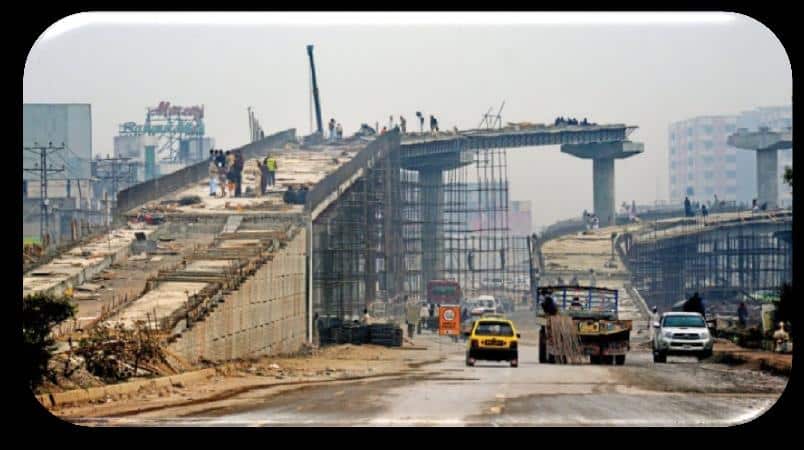
The Got Chokdi Flyover represents a significant advancement in infrastructure that is poised to generate substantial economic benefits for the surrounding region. One of the most immediate impacts of the flyover is the improvement in accessibility to local businesses. By providing a direct route for commuters and reducing travel time between key areas, the flyover encourages increased foot traffic and patronage for establishments situated nearby. Enhanced access invariably leads to higher sales and increased revenue for local enterprises, offering a significant boost to the local economy.
Moreover, the presence of the Got Chokdi Flyover is anticipated to positively influence property values in the vicinity. Infrastructure improvements are often correlated with increased demand for real estate; as residents and businesses recognize the advantages of proximity to efficient transportation networks, property values tend to rise. This appreciation creates wealth for property owners and provides local governments with higher tax revenues, which can be reinvested into community services and infrastructure improvements.
In addition to immediate economic activities, the construction of the Got Chokdi Flyover has also been associated with job creation. During the construction phase, numerous employment opportunities are generated for local laborers and skilled workers, providing an influx of income that supports families and stimulates the local economy. Once operational, the flyover will continue to create jobs related to maintenance and ongoing operational needs, further solidifying its role as a catalyst for employment in the area.
Expert opinions underscore the long-term economic advantages associated with the Got Chokdi Flyover. Evaluations of similar projects have shown that well-planned infrastructure enhances regional competitiveness and attracts investment by improving operational efficiencies. As such, the Got Chokdi Flyover is more than just a transportation improvement; it stands to transform the economic landscape of the region, making it a pivotal development for both current and future generations.
Impact on Daily Commuters

The Got Chokdi Flyover has significantly reshaped the commuting landscape for both locals and travelers. This vital infrastructure development has become an integral part of daily travel routines, providing a streamlined alternative to previous routes. One of the most notable benefits observed by commuters is the considerable reduction in travel times. Where before the journey could be plagued by traffic snarls, the flyover facilitates a smoother and faster transit experience.
Feedback from daily commuters indicates a profound appreciation for the flyover’s ability to ease congestion. For instance, individuals who previously faced delays during morning and evening rush hours now report a more consistent travel schedule. A local business professional remarked that their travel time has decreased by nearly 30 minutes due to the efficient design of the Got Chokdi Flyover. This has allowed them to allocate more time to their work, improving productivity.
The flyover also plays a crucial role in enhancing safety for motorists. With fewer intersections and traffic signals, the likelihood of accidents has diminished. Testimonials from drivers illustrate increased comfort levels while navigating the area, as they encounter fewer stop-and-go conditions. Commuters have noted that the seamless flow of traffic has created a pleasant driving experience compared to the previously congested roads.
Moreover, public transport systems have also benefited from this infrastructure upgrade. Buses and other forms of transportation that utilize the flyover report improved punctuality, which is a significant relief for commuters relying on these services. In essence, the Got Chokdi Flyover stands as a symbol of progress, illustrating a commitment to enhancing the daily experience of commuters and demonstrating the value of infrastructure investment in urban development.
Community Feedback and Concerns
The construction of the Got Chokdi Flyover has elicited a diverse array of reactions from the local community. Many residents express support for the infrastructure development, viewing the flyover as a pivotal improvement to commuting efficiency and road safety in the region. Supporters highlight the expected reduction in traffic congestion and shorter travel times, appreciating the flyover’s potential to streamline vehicle flow. It is seen as a necessary step to manage the increasing volume of traffic that has been a concern for a considerable time.
Conversely, there are notable concerns raised by segments of the community, particularly regarding the environmental impact and alterations to the neighborhood’s character. One of the primary issues voiced relates to noise pollution. Residents living in proximity to the Got Chokdi Flyover worry about the increased sound levels from the additional traffic, which may disrupt their daily lives. The dread of elevated noise levels during peak hours has led some community members to seek solutions such as sound barriers to mitigate these impacts.
Furthermore, changes to the local landscape due to the flyover construction have led to discussions of aesthetic and practical implications of such a significant infrastructure project. Many residents are concerned that the new structure may obscure views, alter the natural beauty of the area, or result in the removal of green spaces. The flyover’s integration into the existing traffic systems has also raised questions about how changes might affect pedestrian accessibility, safety, and community cohesion.
Ultimately, while the Got Chokdi Flyover is anticipated to bring substantial benefits, ongoing dialogue between residents and authorities is crucial for addressing the community’s concerns and ensuring all voices are heard in this transformative project.
Future Developments and Maintenance Plans

The Got Chokdi Flyover represents an essential component of the region’s infrastructure, designed not only to ease traffic congestion but also to support socio-economic growth. To ensure the continued efficiency and safety of this critical structure, future developments and maintenance plans have been carefully outlined. Key stakeholders, including local authorities and urban planners, have identified several initiatives aimed at optimizing the flyover’s functionality.
One primary aspect of the future development of the Got Chokdi Flyover includes the examination of potential expansions. As urbanization accelerates in the surrounding areas, traffic volume is expected to rise significantly. As a response, planners are considering the addition of extra lanes to enhance vehicle flow and accommodate increased demand. This expansion would aim to reduce bottlenecks during peak hours, thereby improving overall commuter experience.
In tandem with expansion plans, the maintenance schedule for the Got Chokdi Flyover has also been addressed. Routine inspections will be conducted to assess structural integrity and identify necessary repairs. This proactive approach is crucial for preventing deterioration over time, ensuring that the flyover remains safe and functional for all users. Moreover, regular maintenance will include resurfacing the road, updating safety features, and ensuring that drainage systems are effective to manage heavy rainfall.
Additionally, the integration of modern technology into the maintenance and monitoring processes of the Got Chokdi Flyover is expected to enhance its longevity. Smart sensors may be installed to track structural health, provide real-time data about traffic patterns, and facilitate timely interventions. These technological advancements will play a vital role in future urban planning initiatives, enabling better decision-making based on accurate information.
Overall, these future developments and maintenance plans for the Got Chokdi Flyover underscore the commitment to sustaining its performance as a pivotal infrastructure asset, ensuring it continues to meet the needs of the growing urban environment.
Conclusion: The Legacy of Got Chokdi Flyover
The completion of the Got Chokdi Flyover marks a significant milestone in the development of the region’s infrastructure. This strategically located flyover has effectively alleviated traffic congestion, enhanced connectivity, and reduced travel time for commuters. By serving as a crucial link between various parts of the city and surrounding areas, it has played an integral role in fostering greater economic activity and promoting trade.
In terms of community impact, the Got Chokdi Flyover has contributed to improved accessibility. This transformation has facilitated easier movement for local residents, enabling them to reach key amenities such as schools, hospitals, and markets with greater ease. As a result, the flyover has not only enhanced the daily lives of individuals but has also stimulated local businesses by increasing foot traffic and encouraging consumer engagement.
Moreover, the economic benefits of the Got Chokdi Flyover extend beyond immediate connectivity improvements. The project has attracted investment by making the region more appealing for various enterprises, thus supporting job creation and bolstering the local economy. Efficient transportation networks are essential for sustaining growth, and the lasting impact of the flyover will reverberate throughout the region for years to come.
While the construction of the Got Chokdi Flyover has been largely successful, it has also provided valuable lessons for future infrastructure initiatives. Key takeaways include the importance of thorough planning, community engagement, and environmental considerations when embarking on large-scale projects. Identifying the balance between immediate benefits and long-term sustainability will be crucial in advising future infrastructure projects.
Ultimately, the legacy of the Got Chokdi Flyover is defined by its role in transforming the community, enhancing economic opportunities, and paving the way for more robust infrastructure developments in the future.






